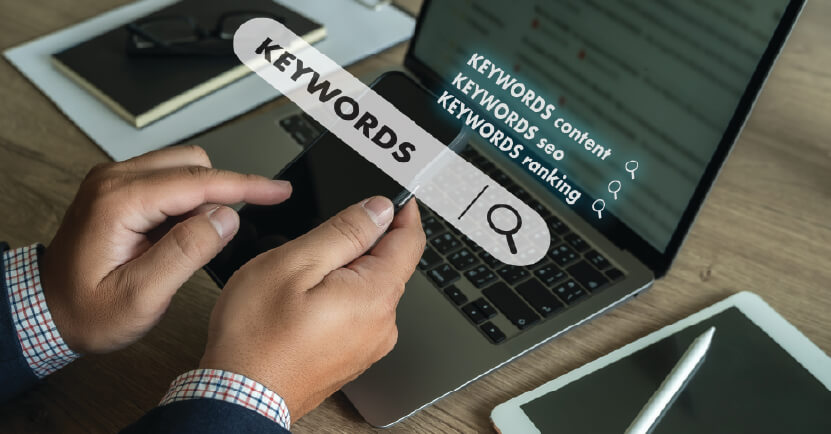- 0243394034
- info@centralcoastseo.com.au
- Google 1st Pages Guaranteed in Writing.
How to get a Competitive Advantage in Your SEO Strategy

How to get a Competitive Advantage in Your SEO Strategy
Your SEO strategy fuels your web traffic and can seriously boost sales. The key to success is a sustainable competitive advantage, and here’s how to get it!
Keyword(s): sustainable competitive advantage
Changes to search engine algorithms mean that an SEO tactic that works one week may need help the next. That’s why you need a strategy and not a series of one-off tactics.
I absolutely applauded the release of Google’s Panda algorithm. It put good content front and centre – where it should be. It also leveled the playing field for small businesses.
But excellent blog posts are not always enough. You need a strong SEO strategy, not a box full of ‘must do’ tips you found online. Setting one up gives you a sustainable competitive advantage no matter how small your business is.
Obvious ways to build such an advantage include becoming an authority in your niche. Being an influencer means more backlinks to your website – and more signals to Google that your site is high quality.
That’s not a ‘get rich quick’ scheme because you need to take the time to build authority. But being an authority in your niche is never going to hurt your business.
You can invest in better content than your competitors. If they’re all using simple product descriptions? Improve your product pages with expert opinions or tutorials for using the product.
Actually, that’s not optional. You should always put good content before everything else.
But they’re just two ideas for your strategy. I’m going to divulge more – and why you need them.
Is Mobile SEO a Key Part of your Strategy?
Gone are the days when users only accessed the internet via a desktop computer. Almost 60% of search queries now happen on a mobile device. In India, mobile web searches account for 75% of all searches.
Before you cheer the availability of the internet on the go, just pause. The problem with designing for mobile is the sheer number of devices available. Your site has to be suitable to appear on all of them.
Having a mobile version of your site is essential. Your design may already be mobile responsive if you have good web designers. If not? Get a mobile version set up.
Wondering what that has to do with SEO? Google’s priority is to send users to sites where they’ll have a good user experience. If they don’t do that, users might stop using Google and use a different search engine.
I know, I don’t want to live in a world where we all have to use Bing either.
That good user experience comes from fast load times and proper display. We’ve all visited websites where we can’t read the text because it was designed for a desktop browser and we’re on an iPhone.
It’s not pleasant. Don’t expect your user to pinch and scroll around the website. They won’t wait for two minutes for your site to load. Give them a version that works for them.
Google even announced that their search index would be mobile-first. Right now, the index is still a single collection of websites or apps.
But in future, their algorithms will prioritize the mobile version of a business’s website. Having your mobile site ready to go gives you a sustainable competitive advantage in your niche. You’ll already have generated good Google karma by having it now.
Are You Using Mobile Keywords Yet?
I know, last year I advised you to go cold turkey on keywords. I still think that people obsess over keywords and ignore the wider parts of their strategy.
There are still ways to use keywords without obsessing about them that can help give you that elusive sustainable competitive advantage.
Just because you use a responsive design that suits desktop and mobile doesn’t mean your keywords should cover both platforms too.
Users search differently on desktop and mobile. Google Analytics will give you more information on what searches led to your site.
Don’t discount voice search on mobile. Users can choose from Cortana, Alexa, Siri or the Google Assistant to look up information on their mobile devices.
People phrase their search queries differently when they speak aloud. A user might search ‘SEO Sydney‘ to find this website on their desktop.
But on their phone, they might ask ‘are there any SEO agencies in Sydney?’
I’d bet your competitors are still working with long tail keywords for desktop browsing. Invest time in optimizing high traffic pages for mobile search and measure the difference.
It will take time and testing. You won’t see results overnight. But that’s why you’ll succeed and your competitors won’t.
A Sustainable Competitive Advantage Will Future Proof Your SEO
At its heart, having a competitive advantage just means you have something your competitors don’t. If it’s also sustainable, it means your competitors can’t easily catch you up.
Lots of businesses chase the easy wins or the quick investments. There’s nothing inherently wrong with that, but if everyone does the same thing, it gets harder to achieve.
In SEO terms, that’s what happens when everyone works to build backlinks, switches to long tail keywords, and updates their Google My Business listing to snag local SEO.
Those practices are the cost of entry to using SEO. Exploring a sustainable competitive advantage takes you off that level playing field into a different league.
These advantages are hard to do.
I don’t mean that they’re difficult, just they often take time to implement and some people give up before they see results.
That’s why they’re advantages. Most businesses won’t use the strategies which mean they’re less competitive for those that do. The time involved is precisely what makes them sustainable – by the time your competition start copying you, you’ve got a valuable head start.
Setting up the systems you need for a sustainable strategy cost money upfront. But that cost goes down over time as you start seeing results.
Every time you try a quick-win tactic, you go back to the drawing board to start again when the benefits wear off.
Not to mention, pairing great content that your customers want with excellent SEO means you’re building up an army of raving fans. That just can’t be bought by your competitors.
Enjoy this free article? Like it, Tweet it and LINK to it from your blog. That’s if you don’t mind sharing the information that will give you a sustainable competitive advantage…


















